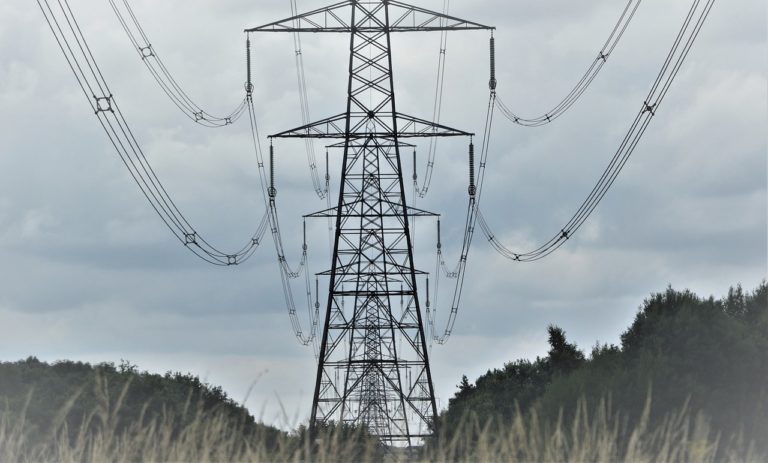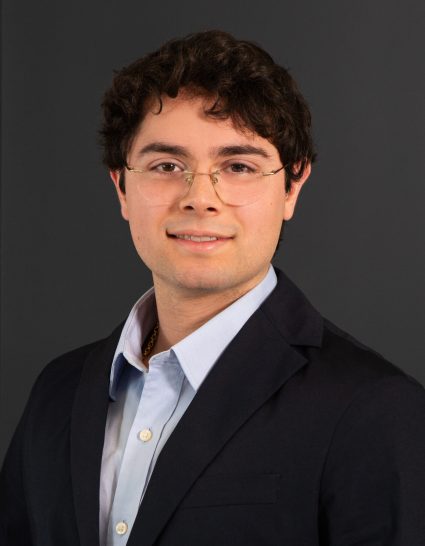In our last article on the carbon market we explained the different phases of the ETS since its inception in 2000. In June 2021, the European Commission published the “Fit for 55” package, which targets the reduction of greenhouse gases by 55% (compared to 1990 levels) by 2030. This legislative package sets out the road map towards the final objective: achieving carbon neutrality by 2050. As the price of carbon continues to rise, exceeding 60€/T (EUA Dec21) at the end of August, the European Commission is submitting new proposals to achieve its objectives. In this article, we will look at the main measures that will be examined by the European Council and the European Parliament between now and 2023, and the consequences they could have on the strategies of member states, companies and consumers.
The carbon market is constantly changing and very uncertain. The targets to be achieved are clear, the means to achieve them not so much. Since the establishment of the ETS, the obligations on Member States have been constantly evolving and becoming more complex. In July 2021, as part of the “Fit for 55” package, the European Commission proposed an ambitious legislation with binding emissions targets. For the time being, the reception of these changes seem to be favourable and, by 2023, the European Council will examine the legislative acts of this package and will start negotiations with the European Parliament to finally reach a common agreement that will take into account the different economic situations of each member state.
Let us now look at the measures that seem to be becoming more complex for some actors, as well as the new measures envisaged.
- ETS market
The ETS market will see a decrease in the number of emission allowances put into circulation as soon as the new legislation comes into force. The Commission is proposing to lower the cap on allowances from the current 2.2% to 4.2% per year. The stability reserve, which was put in place to avoid a surplus of allowances and to increase the price of carbon from 2019, will also be strengthened. The aim is to avoid a new shock and or to end up with a price per tonne of carbon that is too low… These initiatives will contribute to keeping the carbon price high and stable, and even increasing it in the years to come.
Inclusion of the maritime sector into the ETS: A major first as, to date, the emissions of this sector are not covered by any regulation.
From 2027, the aviation sector would see its free allowances abolished. Currently, airlines operating intra-European flights are benefitting from 80% free allowances since their entry into the market in 2012.
- Reform of the energy system
Reform of the energy system is a key issue in the ‘Fit for 55’ package. Energy production and utilization accounts for 75% of emissions in the EU. Renewable energies will have to reach a share of 40% in the European energy mix compared to 32.5% currently. Renewable energies will have to be present in all sectors and not only in the electricity sector; for example, in the building sector, renewable energies will have to represent 49% of the energy used in the building sector. This energy system reform aims to accelerate the deployment of renewable energy.
- Parallel market for emissions in the road transport and building sectors
A second carbon market would be created for the road transport and building sectors, as bringing them into the current market would not provide sufficient incentive to reduce their emissions in view of the price per tonne of carbon (€60/Tn). By creating this parallel market which targets suppliers of fuel for road transport as well as suppliers of fuel oil for heating buildings, the price of a tonne of carbon could exceed €200/Tn. No free allowances will be granted but a mechanism will be put in place to avoid price peaks. This new measure is not unanimously supported: there could be serious consequences for households, and some even fear public outrage. Indeed, consumers would see a rise in petrol prices, as well as an increase in their heating bills.
- Carbon border adjustment mechanism
From 2026, there will be a carbon tax mechanism at the borders. The principle is to impose a carbon price on certain products imported from outside the EU. With this mechanism, the EU is trying to avoid carbon leakage (i.e., companies relocating their production outside the EU) to preserve European competitiveness and to encourage third world countries to reduce greenhouse emissions.
Concrete, steel, iron, aluminium, fertiliser and electricity sectors will be the target of this carbon border adjustment mechanism. Each year, these sectors import 170 million tonnes of CO2. To date, some of these activities benefit from free quotas. There are plans to phase these out over ten years, as the carbon border tax mechanism comes into force. Both mechanisms protect industries, and in the eyes of WTO law, it would not be possible to maintain them simultaneously. The aim is for these industries to switch to less carbon intensive production.
The carbon tax mechanism at the borders will inevitably have an impact on the ETS market.
Measures that evolve within a framework that must be coherent and balanced for the EU member states. Some stakeholders doubt the effectiveness of the border mechanism, not to mention those who fear a revolt by households and SMEs, which are in the front line. The European Commission is already proposing putting in place a Social Climate Fund for those most affected. With the upward trend and high liquidity of the ETS market, hedge funds are increasingly present in the ETS market; large electricity consumers blame them for the soaring CO2 price and call for the law to introduce a limit on extreme position taking.
In the eyes of the Third World, it would appear that awareness of greenhouse emissions reduction is beginning to have some effect. China is launching its own carbon market, and this is bound to have implications for Europe, the pioneer of the carbon market.
Finally, EU member states are taking the climate threat seriously and developed countries are moving seriously towards decarbonising their economies. Consumers will have to design supply strategies that take into account the rising carbon market. Producers will have to integrate these emission limitations into their long-term strategies, and retailers will have to align themselves with the sensitivity of the carbon market. The world is changing…
Ana Haya Sauvage







